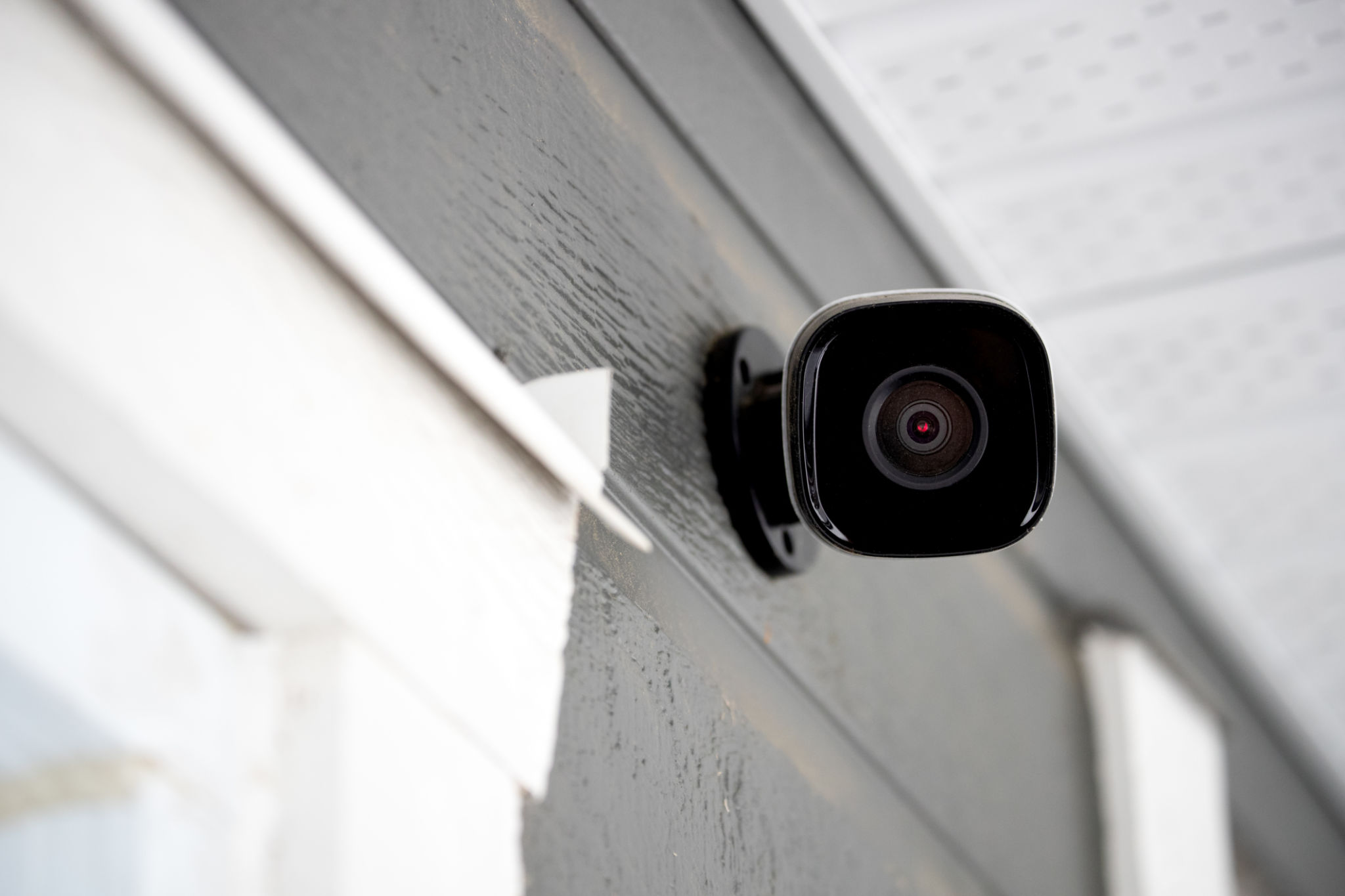The Ultimate Guide to Security System Installation for Homeowners
Understanding Security Systems
With the rise in technology and increasing concerns about safety, installing a home security system has become more important than ever. A well-installed security system not only deters burglars but also provides peace of mind for you and your family. In this guide, we will walk you through the essentials of home security system installation, ensuring you choose the best option for your needs.

Choosing the Right Security System
The first step in installing a security system is selecting the right one. There are various types of systems available, ranging from basic alarms to more advanced smart home integrations. Consider factors such as your budget, the size of your home, and specific security concerns. Some popular options include:
- Wired Security Systems
- Wireless Security Systems
- Smart Home Security Systems
Essential Components of a Security System
A comprehensive security system typically includes several key components. Understanding these elements will help you make informed decisions during installation. The main components are:
- Control Panel: The brain of the system, managing all connected devices.
- Sensors: Detect movement or breach at entry points like doors and windows.
- Cameras: Provide visual monitoring of your property.
- Alarm: Alerts you and deters intruders when the system is triggered.

DIY vs. Professional Installation
Once you've chosen your security system, the next decision is whether to install it yourself or hire a professional. DIY installation can be cost-effective and convenient for those who are tech-savvy. However, professional installation ensures that all components are set up correctly and optimally placed for maximum coverage. Consider your comfort level with technology and the complexity of the system before deciding.
Installation Tips for Homeowners
If you opt for DIY installation, here are some tips to ensure a smooth process:
- Read the Manual: Familiarize yourself with all components and instructions.
- Plan Your Layout: Strategically place sensors and cameras to cover vulnerable areas.
- Test the System: Once installed, test all components to ensure they function correctly.
Maintaining Your Security System
After installation, regular maintenance is crucial to keep your system functioning effectively. Regularly check batteries, update software for smart systems, and clean camera lenses to ensure clear footage. Scheduling routine inspections can also help identify any potential issues before they become major problems.

The Benefits of a Monitored System
For added security, consider a monitored system that connects to a professional monitoring service. These services provide 24/7 surveillance and can alert authorities in case of an emergency. While there is typically a monthly fee associated with monitoring, the added peace of mind can be invaluable.
Final Thoughts
Installing a home security system is a wise investment in your family's safety. By understanding your options, choosing the right system, and ensuring proper installation and maintenance, you can protect your home effectively. Whether you opt for DIY installation or professional assistance, prioritize your security needs and stay informed about the latest advancements in technology.
